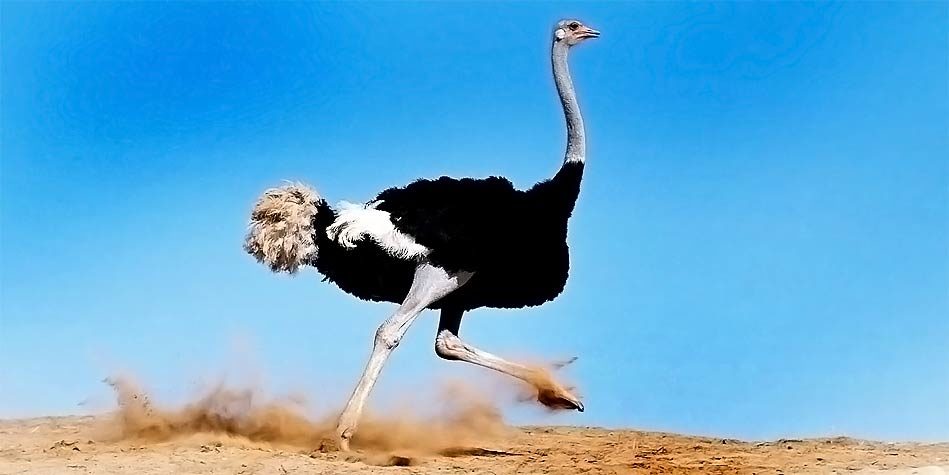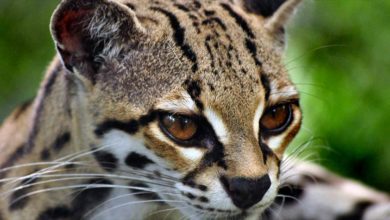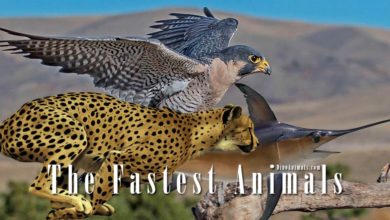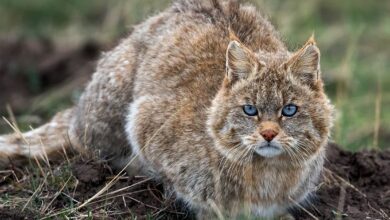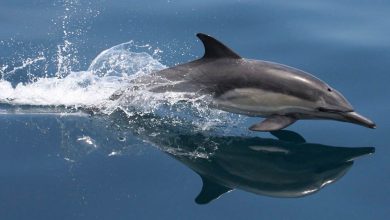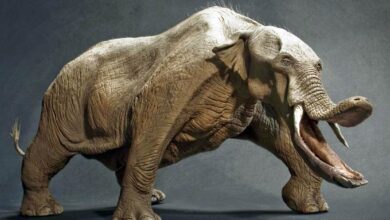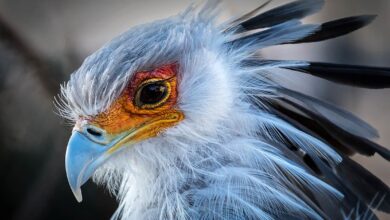Ostrich – the biggest bird in the world
The ostrich – the biggest bird in the world
Ostriches live in the semi-deserts and savannahs of Africa, although their distant cousins also reside in Australia, New Zealand and New Guinea. The ostrich is the largest and heaviest bird currently living on Earth. Despite its size, it can run with the speed of 70 km/h (43 mph) making even five-meter steps. It is also very rarely the prey of predators. Ostriches are also long-lived – they live up to 75 years.
Classification
- Kingdom: Animalia
- Phylum: Chordata
- Class: Aves
- Order: Struthioniformes
- Family: Struthionidae
- Genus: Struthio
- Species: common ostrich (Struthio camelus)
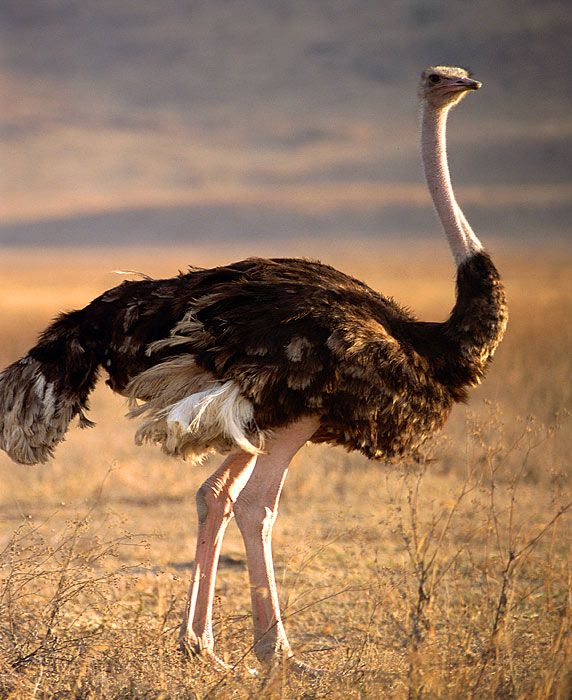
At present, there are five subspecies of the common ostrich
- North African ostrich, the red-necked ostrich, Barbary ostrich (S. c. camelus) – it lives in North Africa, the neck is pinkish-red, the plumage of males is black and white, and the plumage of females is grey
- South African ostrich, the black-necked ostrich (S. c. australis) – it lives in South Africa. It is the biggest of all ostriches. Its skin on the neck is grey and blue and during the mating season, it becomes red.
- the Masai ostrich, pink-necked ostrich or East African ostrich (S. c. massaicus) – it lives in East Kenya and in Tanzania. Its neck is red only in the mating season and for the rest of the year, it is bright pink.
- the Somali ostrich, the blue-necked ostrich (Struthio molybdophanes)
- Arabian ostrich (
 S. c. syriacus), Syrian ostrich, Middle Eastern ostrich – it became extinct in 1966.
S. c. syriacus), Syrian ostrich, Middle Eastern ostrich – it became extinct in 1966.
According to some scientific classifications, there are also other species in the Struthioniformes order
- kiwi (Apterygidae)
- cassowary (Casuariidae)
- emu (Dromaiidae)
- rhea (Rheidae)
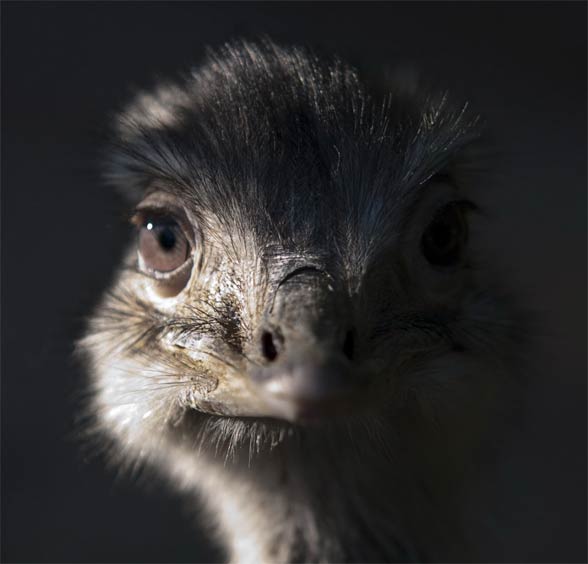
Characteristics
Ostriches live in small flocks on African deserts and savannahs. The ostrich’s diet is varied. It mainly eats plants but it does not despise small insects. In other parts of the world, there are flightless birds, which are similar to the African ostriches and they have also large bodies (e.g. South American rhea or Australian emu). Although they are similar in appearance, these are not ostriches.
The ostrich is extremely well adjusted to living on open areas where there are many predators. It has very good sight as well as a long neck, which acts as a periscope. These features make it possible for the bird to notice creeping predators from a very long distance. Even when ostriches graze peacefully, one species is always a guard. As soon as it spots a suspicious movement, it alerts other members of the flock using its resonant voice.
Ostriches are not vulnerable in the direct fight with the predator. They have long and very strong muscular legs with sharp-clawed toes at the end. Apart from that, they are very fast runners and therefore, these are usually young or sick animals that become predators’ preys.
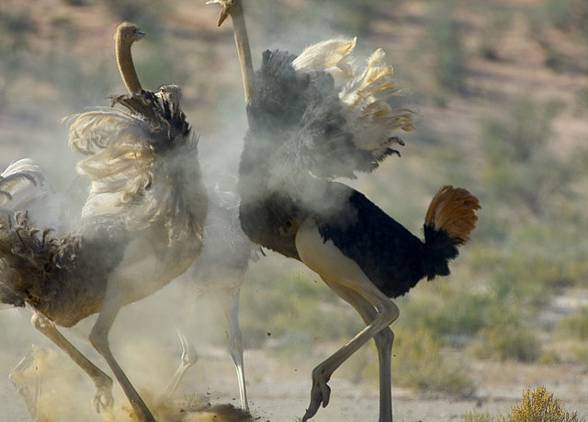
Courtship
The ostriches’ courtship looks very interesting. The male and the female eat food together raising and coming down their heads at the same pace. Then, the male sits down and swings from one side to another demonstrating its feathers for the partner.
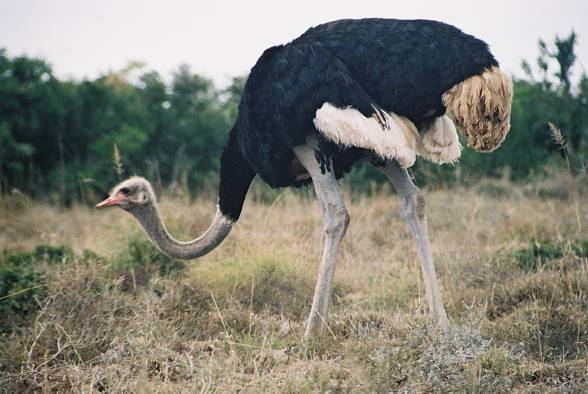
Detailed information/ size:
- The red-necked ostrich (Struthio camelus)
- Height:
- females: 1.7 – 2.0 m (5 ft 7 in – 6 ft 7 in)
- males: 2.1 – 2.8 m (6 ft 11 in – 9 ft 2 in)
- The length of the skull: 17.9 cm
- The length of the beak: 10.4 cm
- The bill length: 12 – 14.3 cm (4.7 – 5.6 in)
- Weight: 63 – 145 kg (139–320 lb). Max. 156.8 kg (346 lb)
- Age: most often 40 – 45 years (the record age was 75 years)
- Speed: 50 km/h on longer distances; 70 km/h (43 mph) – the sprint
- The length of the step while running: 3 – 5 m
- The smallest ostrich: 127 cm high
- The heaviest ostrich’s egg: 2.589kg
- During the first year of life, chicks grow about 25 cm (9.8 in) per month
- At one year of age, common ostriches weigh about 45 kilograms (99 lb)
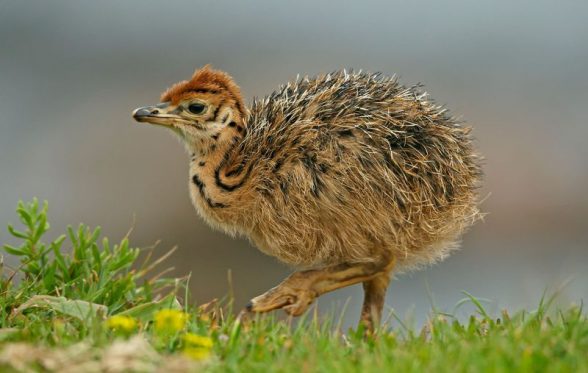
The ostrich – curios. Do you know that…
- The mature ostrich can reach the speed of 70 km/h (43 mph) and its steps can be 5 m (16 ft) long while running.
- The diameter of the ostrich’s eye is 5 cm (2 in) – these are the biggest eyes of all land animals.
- The male mainly lays eggs. It also takes care of the chicks until they become self-reliant.
- The half of the ostrich’s height is its neck.
- During the mating season, the male turns its head as a corkscrew.
- Although ostriches do not fly, there are long quills on their wings. While running fast, they help birds to stay balanced.
- Very long lashes protect ostriches against the dust and the sand storms.
- Ostriches live in nomadic groups of 5 to 50 birds.
- Common ostriches are farmed around the world.


